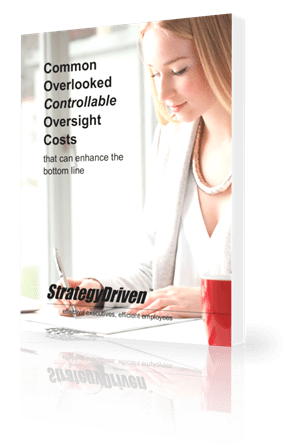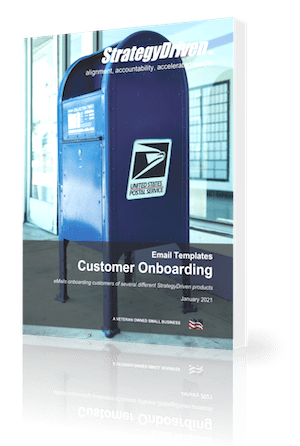Saving Money on Transport Costs with Packing Optimization

Sure, nobody can control the global problems driving up prices – but they can implement solutions to reduce their impact and save precious cash. Some solutions are simple; others are complex. But one thing’s for sure: they make a difference. Here are a few strategies to try if you’re a business owner or manager looking to reduce your logistical monetary nightmare and keep the company – and your teams – flowing seamlessly.
Optimize Packing
For significant savings on time and money, you must optimize shipment packing. Doing so is essential if your business sends or stores goods, with 3D Bin Packing an excellent example of this kind of modern service enabling packing optimization and, therefore, reduced costs. Currently, many businesses, small and large, manually organize and pack goods and orders. However, much of this process is guesswork, wasting materials and space.
Think of how many packages arrive full of air and unnecessary filler or small items cased within enormous boxes – such a waste! Not to mention, all that wasted material consumes staff time – and time is money, after all, even when enjoying the benefits of automation.
Still, that’s not the sole fund-draining source; unoptimized packing also wastes time and money on transporting all that unnecessary packaging, filler, and air, as well as all the fuel and labor that goes into production and logistics until the customer receives their goods.
Smart Planning
In logistics, planning heavily influences the supply chain budget. Failure to plan schedules, orders, and deliveries can lead to last-minute decisions – and worse, delays and missed deadlines. When delays and missed deadlines rear their heads, desperation calls, meaning your company might pay higher fees for urgent transport and even make avoidable packing errors that affect logistics costs.
To avoid these problems? Plan production, transportation, and deliveries well in advance. Still, it’s not enough to mark dates in calendars and send them to employees and drivers; smart planning and inventory management will enable you to take other variables into account that could, if unforeseen, impact your production and transport. Roadworks, traffic, the holidays, the weather, and even unexpected events like protests and strikes all have a place in smart planning.
Consolidated Shipments
Shipping goods in full container loads (FCL) is faster and cheaper compared to less than container loads (LCL). That said, plenty of businesses don’t have shipments large enough for an FCL. Instead, these companies have to opt for LCL, which entails higher costs and poorer efficiency.
Luckily, there’s a way to take advantage of FCL, even without larger shipments: shipment consolidation – when the transporter combines LCLs from multiple shippers to create a full container shipment (essentially, an FLC). Upon arriving at their destination, the goods are separated into their original LCL shipments, which the customers/owners can collect. Although this solution is ideal when suppliers share the same destination, it helps smaller ones lower logistics costs.











Leave a Reply
Want to join the discussion?Feel free to contribute!